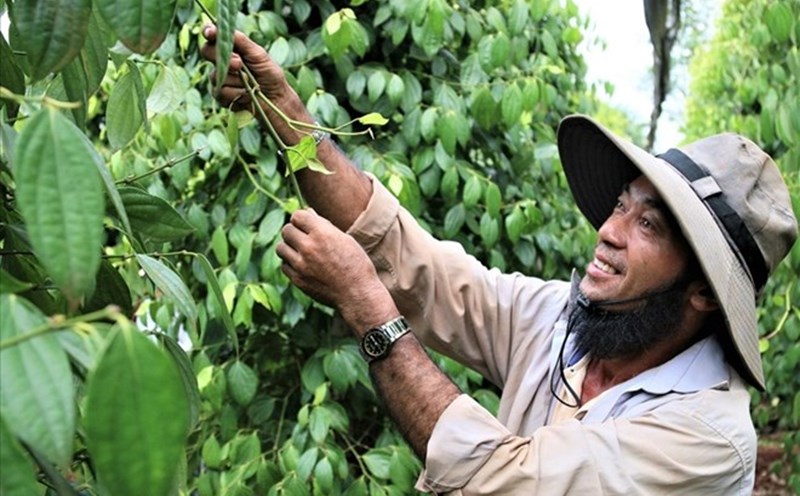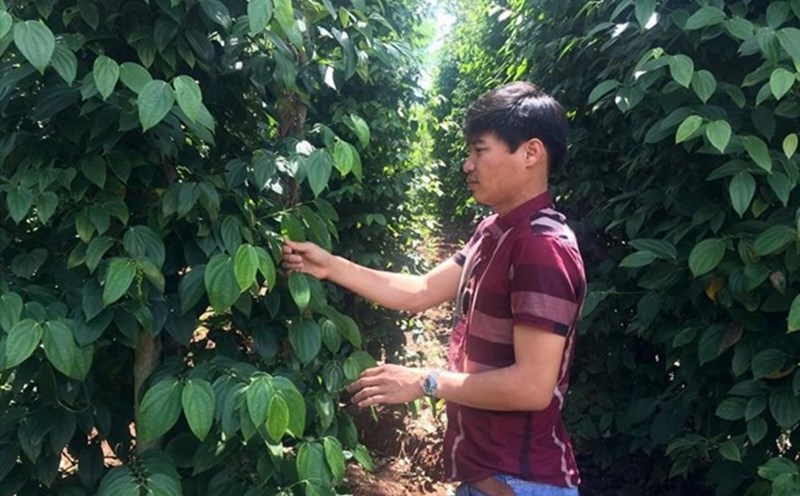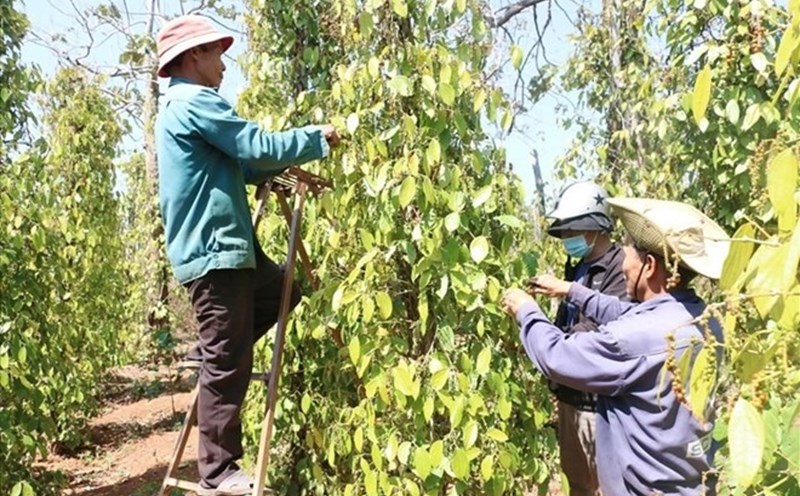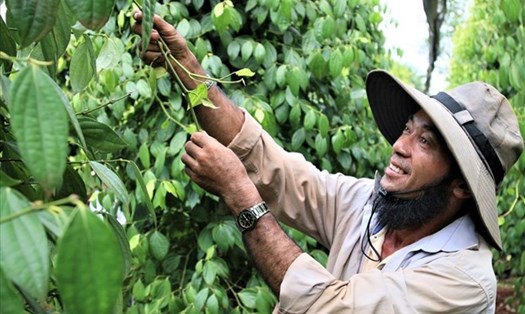Domestic pepper prices: Stable at high prices
As of 11:30 a.m. today (October 28), the domestic pepper market is unchanged, averaging VND 144,200/kg. Currently, the price ranges from 143,000 - 145,000 VND/kg.
The areas that stood still after the first day of the week increased, currently listed according to the price list as follows:
Gia Lai province launched it on the market at 143,000 VND/kg. This is the lowest price in the region.
Pepper prices in Ho Chi Minh City and Dong Nai today both reached 144,000 VND/kg.
Recorded the highest price in the region are Lam Dong and Dak Lak provinces when setting the price of 145,000 VND/kg.
World pepper prices: Slight increase
In the world market, pepper prices are mostly stable in the regions. In particular, the Indonesian exchange - one of the most vibrant markets still recorded a slight increase of 0.01% and 0.09%. Currently, these two items are traded between 7,211 - 10,061 USD/ton (equivalent to 190,018 VND/kg - 265,118 VND/kg).
On the other hand, the Brazilian market is flat, currently holding at 6,100 USD/ton (about 160,742 VND/kg). In the same direction, black and white pepper were stable, trading at 12,500 USD/ton and 9,500 USD/ton, respectively.
In the pepper export market of Vietnam, the price of black pepper of 500 g/l and 550 g/l is flat, anchored at 6,400 - 6,600 USD/ton. ASTA white pepper prices remain high, currently standing at 9,050 USD/ton (equivalent to 238,477 VND/kg).
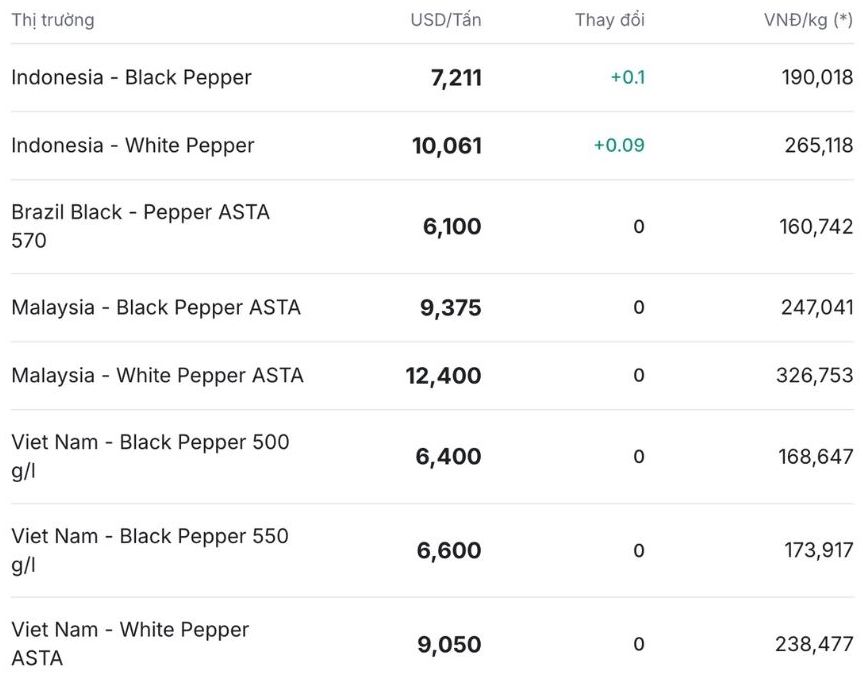
Assessment and forecast
Compared to the average price at the end of September (equivalent to 149,000 VND/kg), the current domestic pepper price list has decreased significantly with a difference of 4,800 VND/kg. In general, in October, domestic and world pepper prices were adjusted down compared to the previous month.
The current market price fluctuations are not only due to seasonal factors, but are also affected by exchange rates, logistics costs and the impact of climate on production. Although the increase is not maintained regularly, in the medium and long term, the price trend is still forecast to remain high due to the risk of climate and crop epidemics that have not been effectively controlled.

